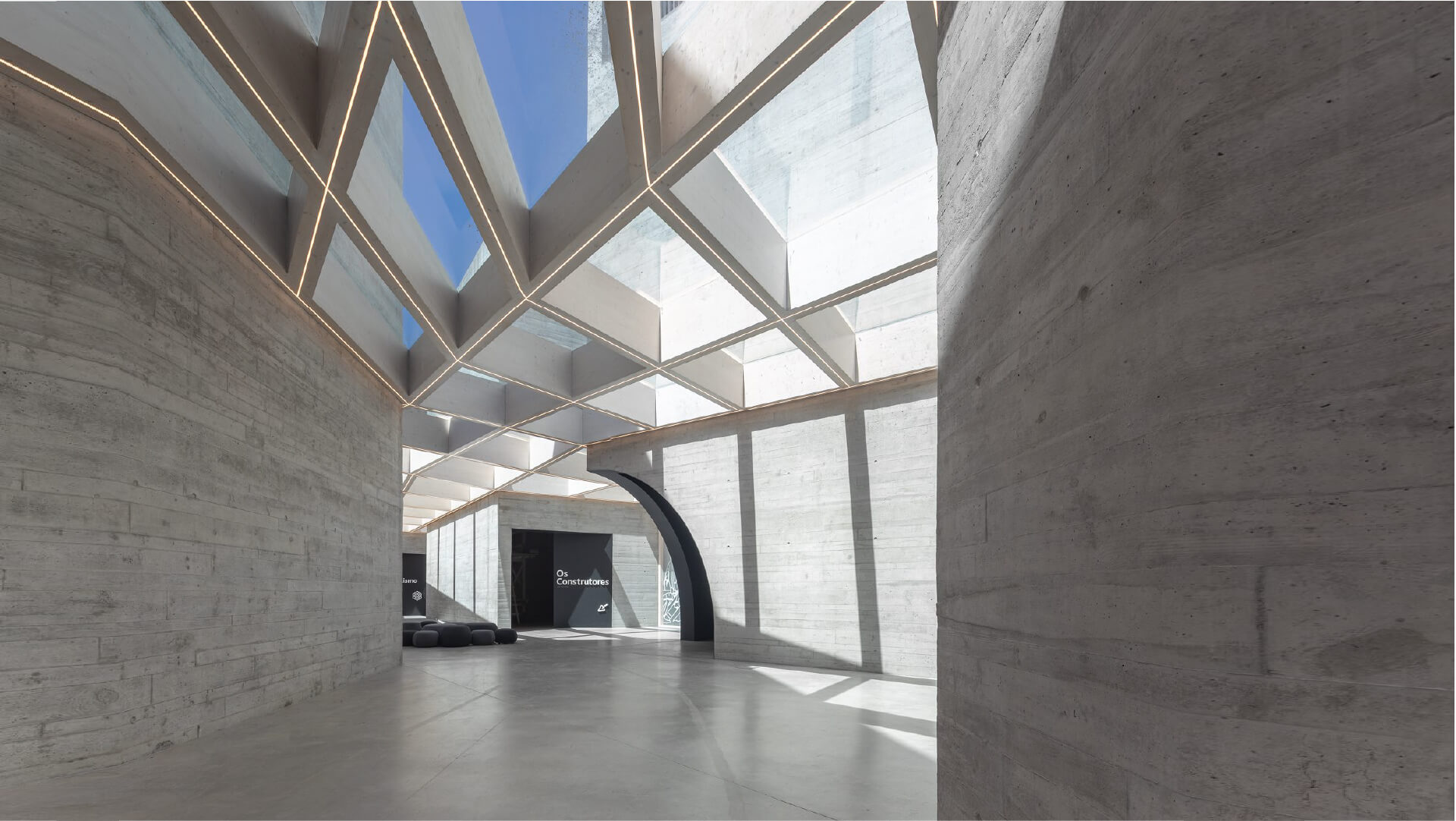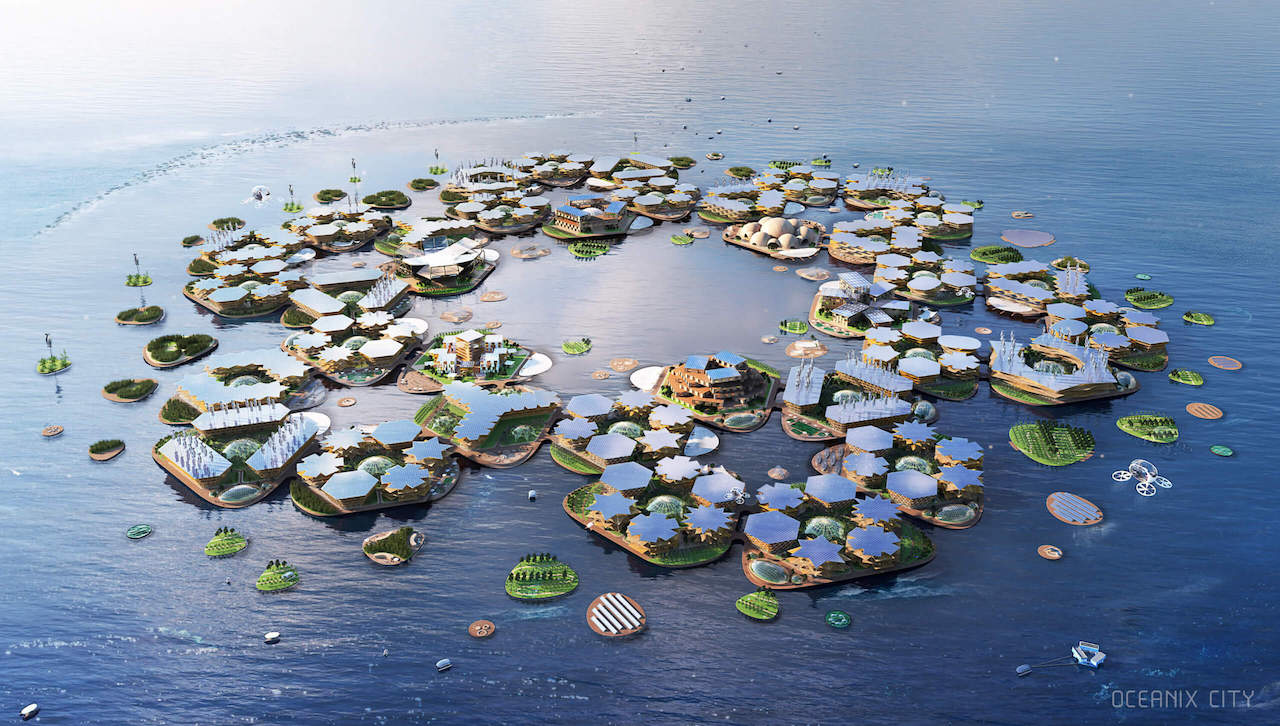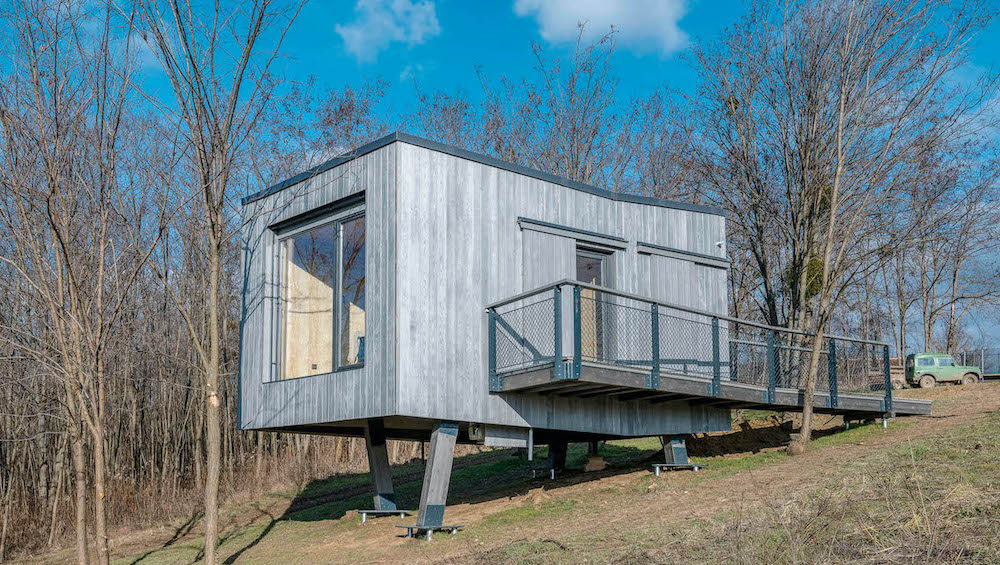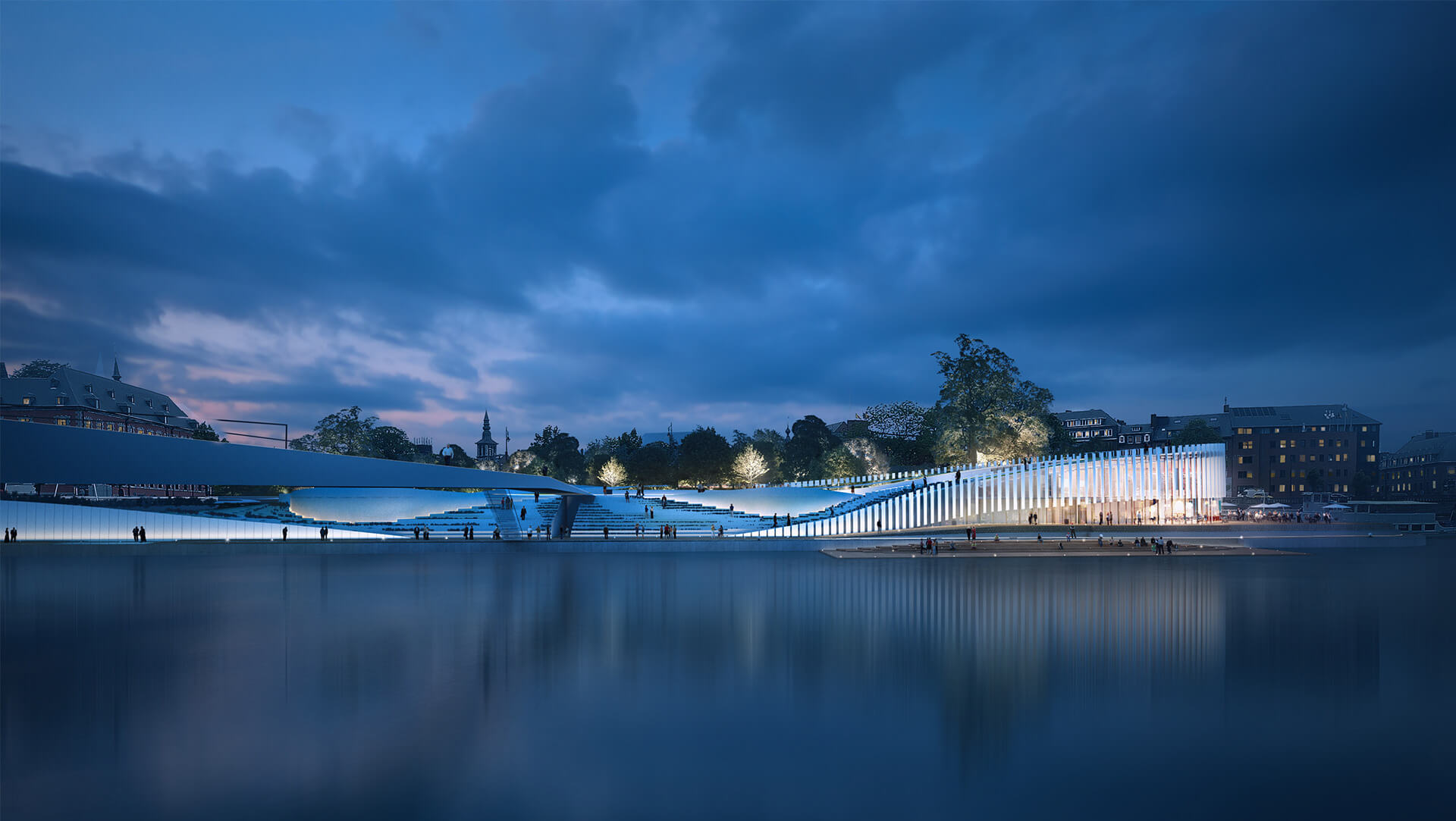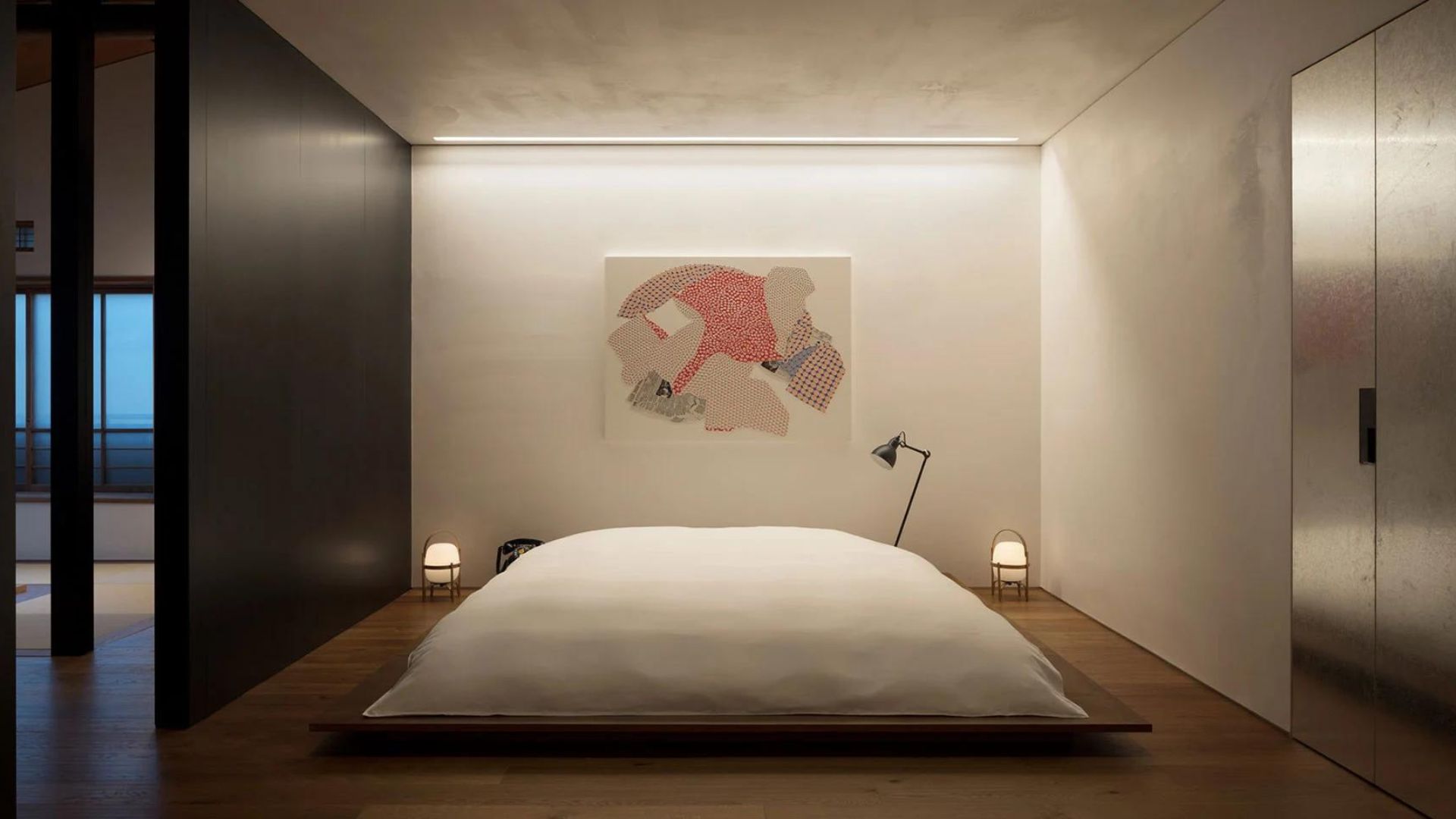Production Club – Designing the experience around electronic music
A solid approach to projects, an eclectic team, an attitude for resilience, and an eye on the future: meet Production Club and its Creative Director Miguel Risueño

The dialogue that the artist develops with the crowd is supported and completed by the visual factor, and that’s where Production Club unveils the magic. The essence of a musical act is purely instinctive. As humans, we are visual animals: we never fully comprehend the emotions that we feel through music, but instead, we abandon ourselves to notes, melodies, beats and grooves without questioning.
When a live performance takes place, there is more combined in the emotional state: the presence of the artist, the frisson of the crowd-shared experience, the unexpected interpretation of a track, the location, the singularity of every moment.
This crew mastered the interpretation of the mysterious language of sounds to enrich through visuals and stage settings, reaching an incredible level of complexity in their realizations.They are the silent partner of the greatest DJs, making more noise than those billion watts speakers, making sure that a picture of that live show gets stuck in your head, forever.
Let’s now read through the words of Miguel Risueño, Creative Director, AntiProduction Designer and Head of Inventions at Production Club.
Who is part of the Production Club team? How did the journey begin?
Miguel Risueño:
“Production Club is a creative studio that designs and produces live shows, concerts, experiential events, and anything around them. We started in 2012 as a small group of 4 friends who shared a passion for music, design, and getting shit done.
Our first project together was a very ambitious stage design for Skrillex’s tour. Somehow the thing worked out and here we are 8 years later, we are around 50 now ^_^’
Our team is multi-cultural and multidisciplinary. We are around 10 different types of designers, but also producers, architects, coders, illustrators, engineers, animators, fabricators, cinematographers, inventors, attorneys, and anything in between. Pretty much anybody who is excellent at something and practices creative thinking fits in the club.
During these 8 years, we have designed shows, festivals, conferences, interiors, installations, scenography, clothing, lighting, software, hardware, music, devices, video games, visuals, brands, music videos, art in general, and a bunch of other immersive experiences.
The good thing is that we choose to only work with cats we love, like Skrillex, Grimes, Zedd, Chainsmokers, Zhu, Notch, Amazon, YouTube Gaming, Intel or The Game Awards.”
Why specialize in immersive experiences?
Miguel Risueño:
“As a company, I think it has to do with emotion. We like immersive experiences because they are directed to wider audiences: wider crowds with wider backgrounds and yet still they convey very special, unique, intimate emotions in the attendees.
Life is pretty dystopian so we believe that these emotions matter most than what it seems on the surface. These emotions have a positive impact on your mental health, they give you a sense of purpose and fulfillment, they bring joy in rough times… so the more people we can touch with them the better, especially now.
As a team of designers, I feel the multi-sensorial nature of immersive experiences captivates us because you can use tons of different disciplines to design your way forward. Additionally, you get to work not only on the Output – final result – but also on the Input – how the attendee interacts with its surroundings – which is fascinating.
As an individual it’s way more primal, I just find joy in creating stuff that didn’t exist before, whatever that is. Curiously enough, the opposite is also true: I find joy in knowing that what I’ve created won’t exist in the future. That brings the best of you and makes you focus on the moment, it’s all about that little period of time where you feel something you were not expecting, gives you a big adrenaline kick.”
You’ve created amazing experiences for a variety of event, if you had unlimited budget and resources, what is a project that you would develop? What would it look like?
Miguel Risueño:
“With unlimited resources, I think I’d go for something that lets people who don’t have the opportunity of attending immersive experiences be able to do it: folks like my neighbors, your grandparents, the kids who live in developing countries, or the people who live here and still do not have the resources to access to this.
Trying to brainstorm in 1 minute, I think this could be some kind of distributed experience that can be easily built in different parts of the world – not only the rich ones – all labor and most of the building parts would be locally sourced and should rely on stuff widely available anywhere like sun, wind, space, haptics, etc. Active audience participation would be the underlying concept driving the experience.
In terms of look, it would be dark, with a lot of shadows and negative space to get lost into, wherever there’s light it would be green, clients never like green so unlimited budget sounds like a great excuse to use lots of it ^_^’.”
Your most recent project Micrashell gave us a look into the future of clubbing and the future of human interaction. Can you tell us how the idea came to be and the inspiration behind it?
Miguel Risueño:
“The idea was born in a brainstorming session where we tried to come up with as many solutions as possible on “how to bring physical events back” because all events were canceled or postponed until June 2021. The events industry was going pretty bad and as a creative company, it was our responsibility to do something about it. Our background comes from “if it doesn’t exist, then go build it”, so that’s what we decided to do with Micrashell.
Our main inspiration has been the idea of preserving physical human connection in events. A lot of people were already working on virtual or socially distanced solutions, so we decided to go the opposite route and design a suit that preserves human connection as we have always experienced it, physically.
We believe that as a society we are ready to adopt virtual events, however, we are definitely NOT READY to drop physical ones. Human to human interaction gives you a sense of purpose that cannot be substituted virtually just yet.
Lack of physical interaction is already having consequences in our mental health: we have seen an increase in anxiety, insomnia, domestic violence, and depression since the start of the lockdown. We needed a solution now, and we also needed to inspire others to find solutions.”
Most of the work you create is very large in scale and many aspects have to be considered in order to achieve a perfect result, what is one aspect of your job that is difficult and little known, but definitely crucial to your practice?
Miguel Risueño:
“The fact that in order to achieve great results you need to have a very high tolerance to pain, both physical and emotional, otherwise you won’t make it. A lot of unexpected challenges arise in unexpected situations resulting in very long workdays, little sleep, wasted work, unreasonable inquiries, and other not very pleasant situations… but for me, it is all worth it :)”
What is the motto that your studio follows when creating any project?
Miguel Risueño:
“Concept always comes first, execution will follow. In Production Club any project starts with the definition of a solid concept that should not be constrained by resources yet, then we always find a way to make that concept work through technology. So far we have been able to achieve everything we envisioned.”
What is a day like in the Production Club studio? Can you describe the general process of your creations?
Miguel Risueño:
“Well, in the last 3 months we have been working from home, like everyone else, so the dynamic has changed a lot. In the studio we keep it pretty fun, everything is more organic and collaborative: we scream, break things, play games, do art critique, brainstorm a lot, fight, challenge each other… working from home we have lost most of that.
The process of our creations changes depending on a big range of factors, mostly because a lot of our clients are artists themselves so they already have their own creative pipeline that we need to be respectful of.
For example, when you work with musicians it is typical to find yourself working daytime at Production Club and nighttime at the music studio with them, so you can engage in a more organic creation process where WIPs, ideas, and concepts are key. However, some other clients don’t want to see anything until you have the idea fully fleshed out and presented in a deck with detailed renders.
That being said the design pipeline we enjoy usually starts with a big ambitious absurd brainstorm from which we extract ideas and concepts that have potential. If there’s not a clear winner we research some of them in order to help us filter to a winner.
Once we have a good concept we start developing it further and more specifically in terms of story, visual development, context, symbolism, universe definition, etc. From there we work on Art Direction, creating a visual dictionary that will help us drive the entire process.
Then we start concept design with sketches, photobashes, or rough 3D volumes. After that, the process changes depending on what we are working on, what’s the timeline, who is the client, etc.”
What are the main trends & future directions within immersive experiences and what do you think of them?
Miguel Risueño:
“Answering this question during the pandemic is a bit tricky as we all fell suddenly into this unexpected “new norm” that nobody really understands ¯_(⊙︿⊙)_/¯. Clearly, because of the pandemic we have done a huge push in developing remote virtual experiences, so even when the pandemic clears out we are going to see that the focus on those will remain as they brought some hidden benefits.
Obviously, besides what COVID has brought us there are a lot of other trends and directions like AI, Computer Vision, VR, AR, IoT, or autonomous flying vehicles that are impacting or will impact the industry in the upcoming years, but these are known by everyone.”
My personal favorites, the trends and future directions that I’m seeing, working actively towards and I’m confident that will be game changer are the following two:
On the Tech/Art side: Real-Time and video-game engines (like Unreal or Unity), which are already a reality but still not widely adopted by our industry, they have a long way to go. In an eventual future, everything will be real-time generated which opens the door to richer, more intelligent experiences where interaction, responsiveness, and improvisation are key. This will transform the way we experience shows and entertainment overall.
On the socioeconomic side: everyone – despite their role – speaking up in order to shake the things that don’t work in the industry, spotting inequity across the board. Currently, the cake is spread between only a few giants, creating a big lack of diversity that damages the industry in the long run.
I believe that the COVID crisis has pointed out the lack of preparedness of the big dinosaurs ruling our industry, but it has also highlighted the value of independent companies that can think better, faster, and more efficiently.
Now that we have realized that, it is time to grant opportunities to these companies and individuals who will bring a fresh approach to the table through innovation and uncompromised thinking. I believe this is the only way to assure the events and live entertainment industry survives and stays healthy for the years to come, otherwise, we will get stuck in the 2010s forever… and we don’t want that ^_^’.”




